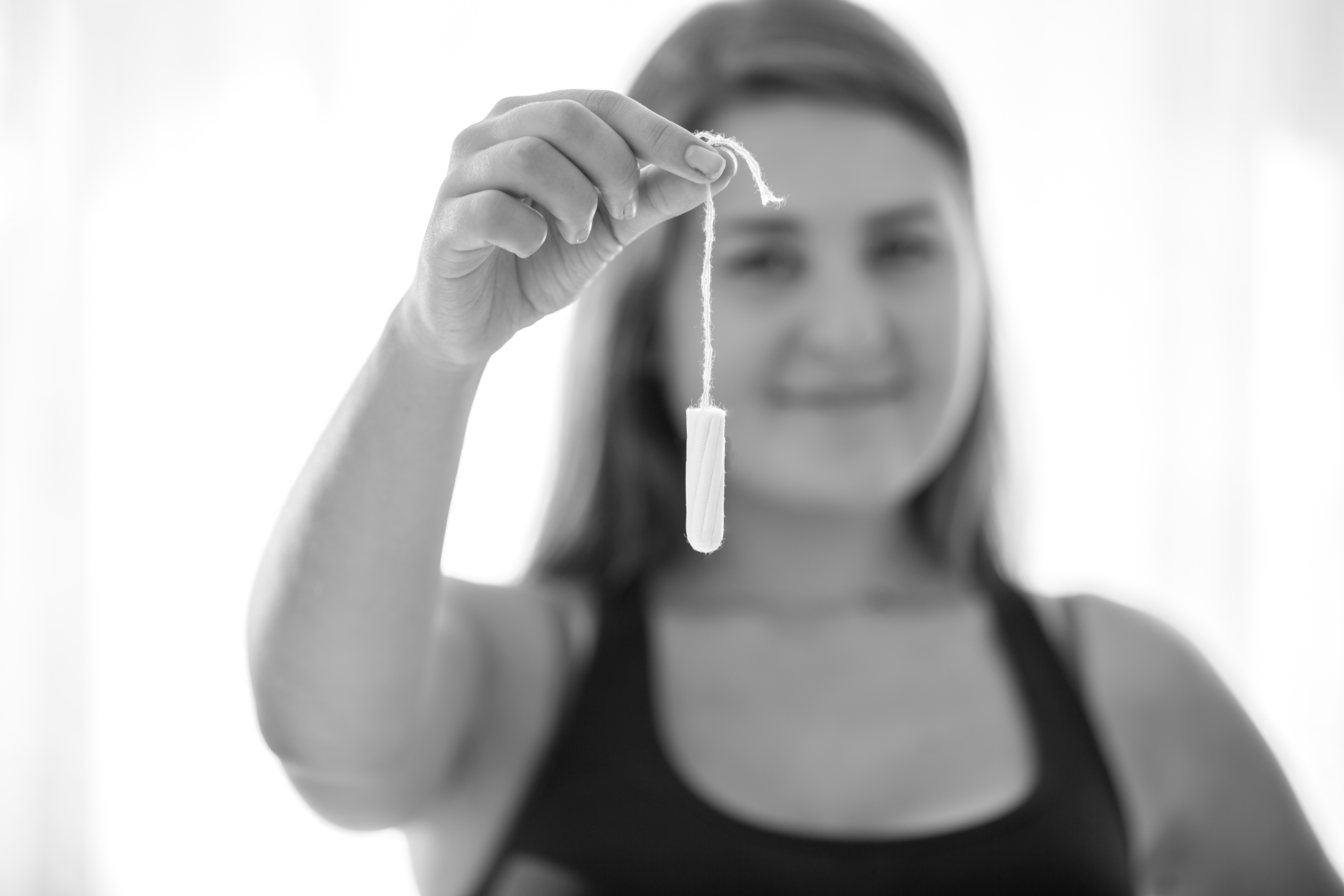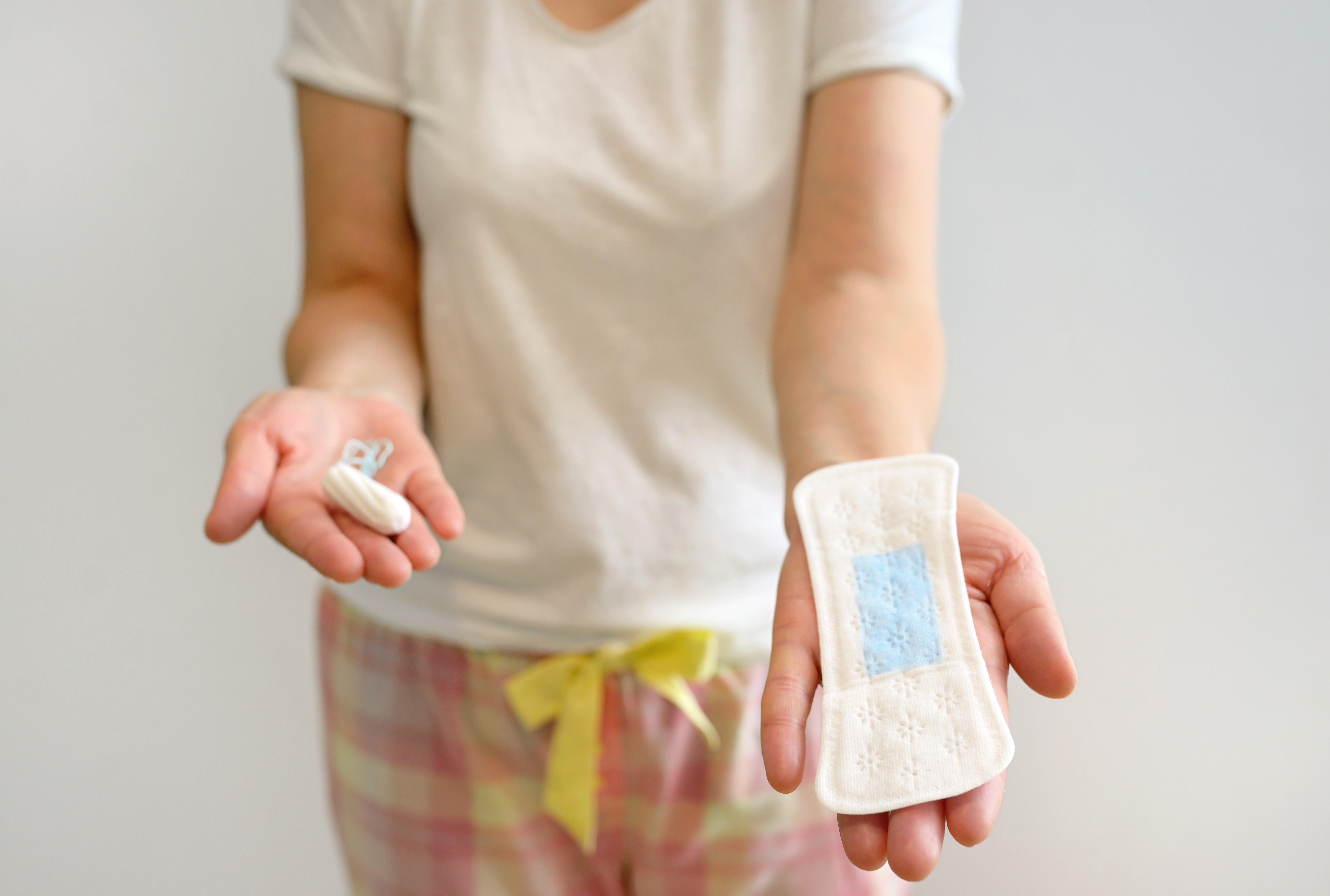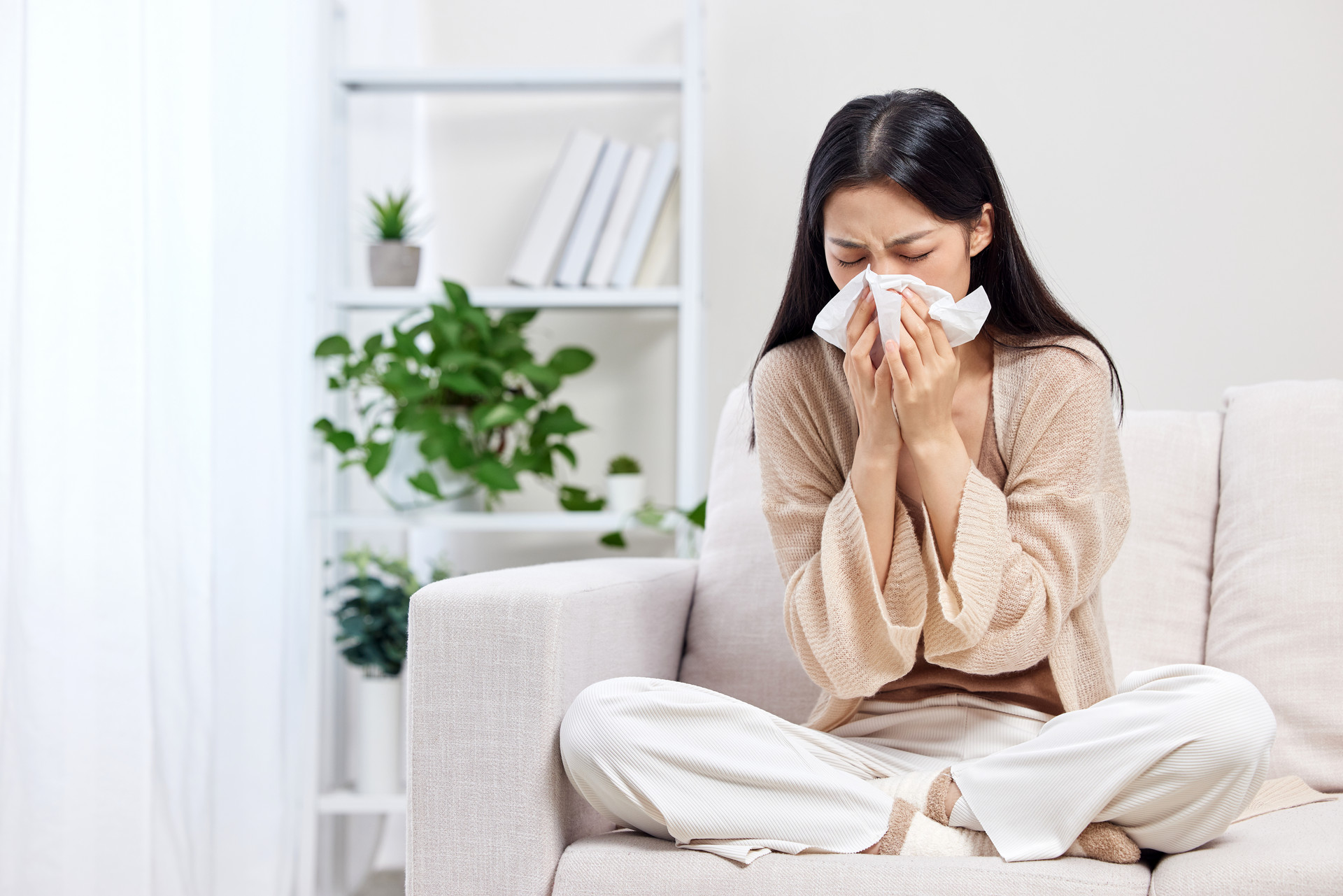Middle-aged, obese, female "≈" cholecystitis Cholecystitis often occurs in middle-aged people, especially middle-aged obese women. What is the reason for this? Let's start with the causes of cholecystitis. The gallbladder, which we often refer to as the bitter gall, is shaped like a pear and is an organ that stores and concentrates bile.
After we eat food, the gallbladder contracts through neural reflexes, allowing bile to flow into the duodenum through the bile duct, promoting the digestion and absorption of fats. If the body is excessively obese, or if there are metabolic disorders, neuroendocrine regulatory disorders, gallstones, etc., bile is not easy to flow out of the gallbladder and stagnates in the gallbladder. The water in the bile is gradually absorbed, increasing the concentration of bile salts, which will stimulate the inflammation of the gallbladder mucosa. At first, it is sterile, but with the invasion of bacteria, it gradually transforms from aseptic cholecystitis to infectious cholecystitis.
Around the age of 40, middle-aged people often have varying degrees of neuroregulatory and metabolic disorders due to work stress and changes in lifestyle, which affects the normal contraction and relaxation of the gallbladder and hinders the excretion of bile. Middle-aged people who gradually gain weight are more prone to intense contraction of the gallbladder due to disruptions in fat metabolism. If there is also infection, indigestion, stone formation, it is more likely to trigger an attack of cholecystitis.
Pre-menopausal middle-aged women, due to changes in hormone levels, often affect the secretion and regulation of bile, so they have a higher chance of developing cholecystitis compared to men of the same age. Can pregnancy lead to cholecystitis and cholelithiasis?
During pregnancy, there is an increase in cholesterol in the blood and bile, which can lead to the formation of gallstones. Pregnancy is a triggering factor for the formation of gallstones and cholecystitis. Cholecystitis and cholelithiasis can occur at any stage of pregnancy, but are more common in the late stages and postpartum period. The main symptoms include fever or indigestion, elevated white blood cell count, tenderness in the gallbladder area, radiating pain, and even jaundice.
Does having fewer pregnancies prevent cholelithiasis?
Having fewer pregnancies can help prevent cholelithiasis. Surveys have shown that the incidence of cholelithiasis increases in women over the age of 30 who have had multiple pregnancies. Ultrasonic examination of pregnant women has found that their gallbladder volume increases and the emptying of the gallbladder decreases after a liquid meal. The incidence of biliary sludge during pregnancy is also high. Therefore, having fewer pregnancies is beneficial for preventing cholelithiasis.
Cholecystitis and cholelithiasis are "twin siblings", with right upper abdominal pain as a precursor.
Clinically, they can be roughly divided into three major types:
Chronic cholecystitis: Upper abdominal distension or dull pain
Sometimes there is a feeling of upper abdominal distension or dull pain after meals, often related to eating greasy food. There is often discomfort in the upper abdomen and symptoms of indigestion, which are easily mistaken for "stomach problems" or hepatitis.
Acute cholecystitis: Severe upper abdominal pain
Smaller stones can often move and become lodged in the neck of the gallbladder or the bile duct, causing severe upper abdominal pain accompanied by nausea and vomiting. In the early stages, there is no infection or fever. If the obstruction caused by the lodged stone continues to exist, the gallbladder can become purulent, necrotic, or even perforate, leading to serious complications. Severe upper abdominal pain often occurs after a full meal or eating greasy food. Because gallbladder stones are prone to slide into the bile duct when lying flat, many patients often have attacks at night.
Secondary common bile duct stones: Can cause acute pancreatitis
Smaller gallbladder stones can sometimes fall into the common bile duct, forming secondary common bile duct stones, causing jaundice or cholangitis, and even acute pancreatitis.






